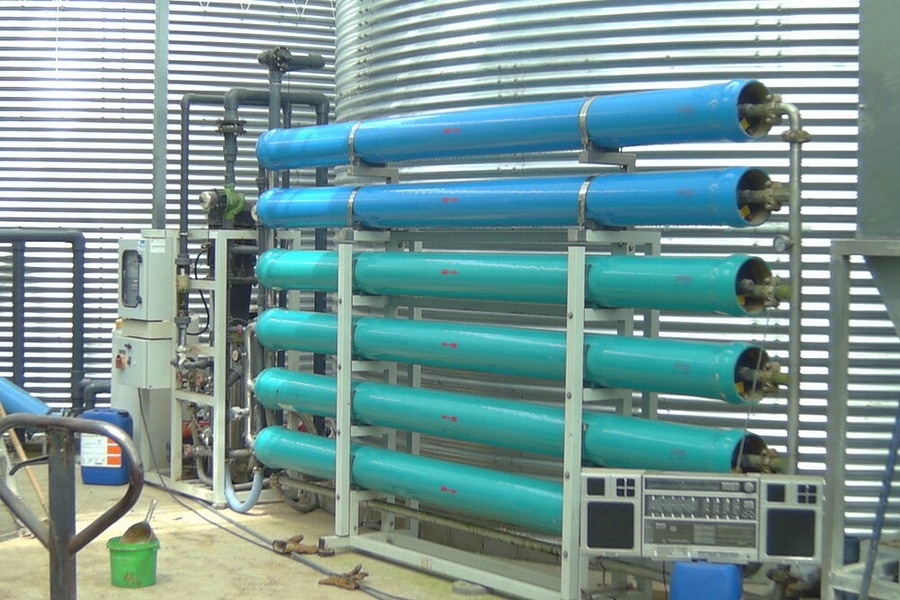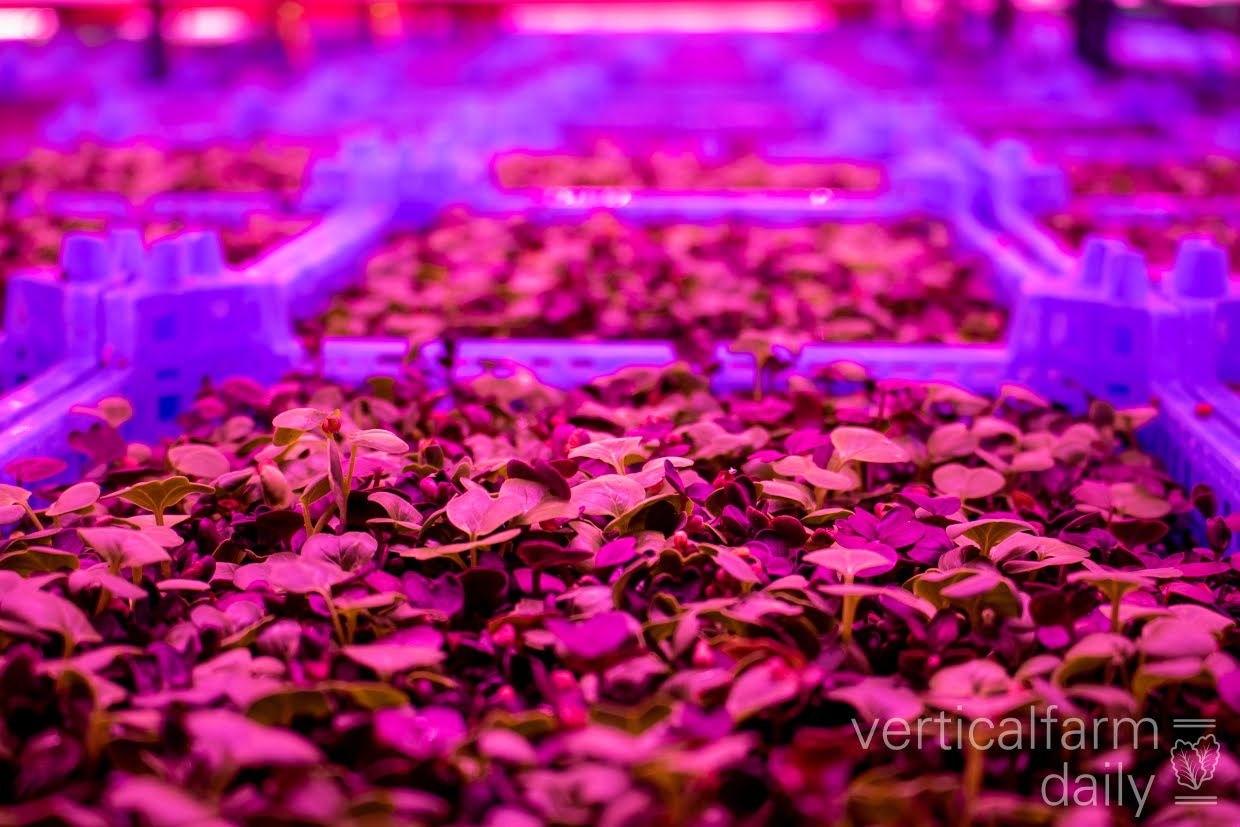
My need to garden transcends the seasons. Thus I am thrilled when there are projects beyond watering and fussing over the plants in the basement garden. This sweet little planting was put together when I found a terracotta candle holder that reminded me of the metal bits I’d seen planted up at The Tropics, Inc.
There’s just a tiny space for soil. I looked to a few different plants I might experiment with planting but then fell hard for a small orchid (Oncidium Twinkle ‘Red Fire’) and that was that. I wish I would have taken in-process planting pics but I did not.
I loved the foliage and the swollen pseudobulbs…
But the fact there were three stems loaded with flower buds sealed the deal. The flowers are starting to open.
They’re tiny, but majestic.
My next project involved an Aglaomorpha coronans, but not this one. Nope, this one is my original plant that I’ve been growing for a little over two years now.
It’s thrown out several new fronds, but is just starting to take ownership of the container I planted it in.
Here’s what it looked like when I brought it home, back in September of 2022.
My plant came from the talented and generous Rob Co, of the Pitcher Plant Project and on Instagram. I visited Rob at his home and snapped many a photo (blog post here). Here’s one of his impressive Aglaomorpha coronans from that visit, one that has taken ownership of the container it’s growing in.
Okay, so the project. Since I’ve had success with my first aglaomorpha, and I absolutely love the genus/species, I grabbed an overgrown Aglaomorpha coronans in a 10″ pot when I saw it, figuring I could divide it and have some plants to play with potting up. I’ve never seen this plant on offer at a local nursery (that I remember) and so I jumped at the chance. Here it is post division. One plant made five…
And here they are after potting up. I have no intention of growing them on like this (plant mounting/epiphytic experiments await), but once I realized I needed to treat them like ferns (rather than succulents) I potted them up to keep them happy.
I’ve never noticed the thin red outline of the leaves before.
And love the fuzzy rhizomes with tiny little fronds beginning to unfurl.
The next project involves Rob again, and another fern. He messaged me recently asking if I’d be interested in a few Diplazium proliferum pups and sent this photo…
Of course I would! Researching the plant online (I’d never heard of it) I came across this image from Th.Voekler on Useful Tropical Plants. Look at those adorable little ferns!
I also found this one from H. Zell on the same website.
Here’s what I got from Rob…
And all planted up—in a green rubber seedling tray I scored at a plant swap last fall. BTW, if you haven’t bought one, or two (or more) of the boot trays from IKEA (the grey tray below) what are you waiting for? They are perfect for working with soil indoors, or watering/soaking plants.
I went with a few squares each of soil and sphagnum moss to try and root the little bulbils, because I was curious how they’d respond to the different growing medium. The ones that have already “sprouted” came that way from Rob.
They are so cute, already green and with tiny scales.
The tray is fantastic because it’s flexible and has small holes in the bottom to drain or soak up water.
Rob later shared this photo he took when visiting Dan Yansura’s greenhouse in the Bay Area, Dan is who Rob got his Diplazium proliferum from. Pretty fabulous, no?
Of course then I went looking to learn more about Dan and realized I watched a presentation he gave for the Hardy Fern Foundation last April. It’s a small world!
Just one more entry in this post and it’s not a project, but rather just a tribute to my Nepenthes lowii x ventricosa ‘Red’, growing in the basement garden for the cool season.
Look at the sticky substance inside the pitcher…
The fabulous ridges around the opening…
And the little hairs underneath the “hood”… ain’t nature grand?
To receive alerts of new
danger garden posts by email,
subscribe here. Please note: these are sent from a third party, their annoying ads are beyond my control.
All material © 2009-2025 by Loree L Bohl. Unauthorized reproduction prohibited and just plain rude.






